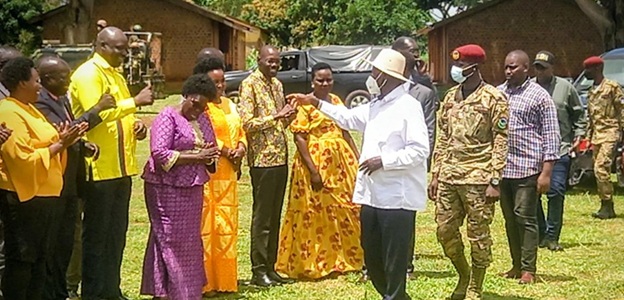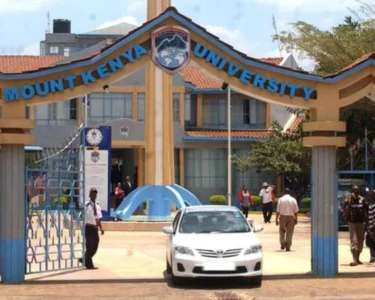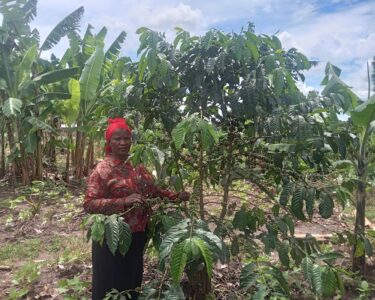The government is grappling with a major hitch in its cattle compensation program for Northern Uganda, after it emerged that Shs252.2 billion earmarked for claimants cannot be disbursed due to discrepancies in beneficiary details.
Deputy Attorney General Jackson Kafuuzi disclosed the challenge on Monday while presenting the status of the compensation program at Gulu Core Primary Teachers’ College. He noted that although the government had allocated Shs506.7 billion for the exercise, nearly half of the funds are stuck because of irregularities in the verification process.
Discrepancies and irregularities
According to the Attorney General’s report, many of the claimants’ records present inconsistencies such as double compensation claims, shared national identification numbers, and children listed as beneficiaries without the necessary letters of administration.
“We have Shs506.7 billion in unverified claims, but Shs252.2 billion is queried because we cannot establish the actual beneficiaries,” Kafuuzi explained, noting that the inconsistencies have stalled payments despite the government’s commitment to the program.
The funds were intended to benefit 64,353 claimants across the Acholi, Lango, and Teso sub-regions — with 12,110 claimants in Acholi, 29,635 in Lango, and 22,608 in Teso.
Status of payments so far
Despite the challenges, progress has been made in some areas.
-
In Acholi, 4,836 of the 16,946 registered claimants have received payments, amounting to Shs43.66 billion.
-
In Lango, 12,389 out of 42,024 claimants were compensated, totaling Shs48.73 billion.
-
In Teso, 11,056 of the 33,664 registered claimants received payments worth Shs65.65 billion.
Altogether, the government has so far paid 20,281 claimants across the three sub-regions, spending Shs168.31 billion. However, a portion of these funds — about Shs1.18 billion — bounced back into the consolidated account due to mismatched bank details.
Budget allocations have also faced setbacks over the years. In the 2021/2022 financial year, Shs49.3 billion was released but Shs676 million was returned unused. The following year, although Shs30 billion had been budgeted, it was never released. For the 2023/2024 financial year, Shs71.28 billion was disbursed, but Shs509 million bounced back. By contrast, the 2024/2025 allocation of Shs38.21 billion has so far avoided similar anomalies.
Museveni reflects on compensation decision
Addressing the matter, President Yoweri Museveni acknowledged that his government is legally bound to continue the program but admitted he was never fully convinced about the idea of compensating for war losses.
“With war, the answer is to end the war, bring peace and rehabilitate the victims. That’s what we were planning. But these people went to court, and I said, okay, let’s talk to them — although I wasn’t convinced that this was the correct way,” Museveni said.
He went on to argue that in most parts of the world, compensation is not offered for disasters such as wars or earthquakes. “By 1979, the whole of Mbarara town was flattened, not a single building remained. Masaka was the same, and even Arua was badly damaged. Yet, we did not talk of compensation. We cannot compensate for everything that war destroyed,” he said.
Reflecting on Uganda’s history, Museveni added: “We have 300,000 skeletons of those who died in Luwero. The government can’t pay for what war caused, ideally. The better approach would have been to rehabilitate the survivors, but now we are tied in a process full of irregularities.”
Structural barriers for beneficiaries
Museveni further criticized the complexity and cost of obtaining letters of administration, which remain a key requirement for claimants. “This poor household must look for Shs500,000 to obtain a letter of administration, excluding transport and upkeep costs. Can they afford this?” he asked, noting that such barriers continue to frustrate families in a region still recovering from decades of insurgency and cattle rustling.
Background
Between 1987 and 2005, Northern Uganda suffered massive cattle losses as a result of insurgencies and widespread cattle rustling. The government’s compensation program was introduced to help communities in Acholi, Lango, and Teso recover from these devastations. However, more than three decades later, implementation remains marred by verification gaps, bureaucratic hurdles, and budgetary inconsistencies, leaving thousands of families in limbo.






